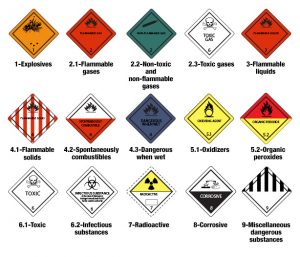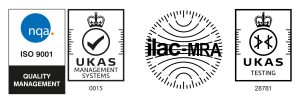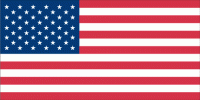Shippers Responsibility for Hazard Labels
It’s the responsibility of the shipper to ensure that all necessary hazard labels and any applicable markings are placed on each package of dangerous goods. Where an overpack is used, the hazard labels and markings on each package must be replicated on the outside.
Hazard Label Size
Dependent on the size of the package, appropriate hazard labels and markings must be used – the most common is 100mm x 100mm. Information about label sizes can be found within relevant dangerous goods regulations for the method of transport chosen (IATA, ADR IMDG) and further information can be found on our Hazard Labels page
Placards
Placards are different to hazard labels, they are larger in size at 250mm x 250mm and are used on vehicles and bulk containers. They can be made of a flexible laminated material or metal and affix to the exterior surface of Containers, Bulk Containers, MEGCs. MEMUs, Tank Containers, Portable Tanks and Vehicles. Please refer to ADR regulations to ensure correct usage of placards. Further information can also be found on our Placards page.
Marking and labelling of dangerous goods
Any irrelevant markings or hazard labels that are placed on a package must be removed or obliterated to avoid cause confusion and ensure that the correct hazard class can be identified.
What is the purpose of hazard labels?
Each hazard class has its own associated hazard labels. This helps shippers and consignees to identify the risks associated, and ensure compliance packaging and transportation is found throughout the entirety of the journey.
Types of dangerous goods labels
The hazard classes range from Class 1 to Class 9.
Class 1 – Explosives
Class 2 – Gases
Class 3 – Flammable Liquids
Class 4 – Flammable Solids
Class 5 – Oxidizing Substances
Class 6 – Toxic & Infectious Substances
Class 7 – Radioactive Materials
Class 8 – Corrosives
Class 9 – Miscellaneous Dangerous Goods
Alongside the 9 hazard classes, there are a number of additional dangerous goods packaging labels that are necessary for certain types of shipments, including for transporting Limited and Excepted Quantities, lithium batteries, dry ice and cargo aircraft only labels to name just a few.

We can provide hazard labels of any quantity, available for next day UK delivery.
Information correct at time of publishing, 17th September 2018
 UK
UK


